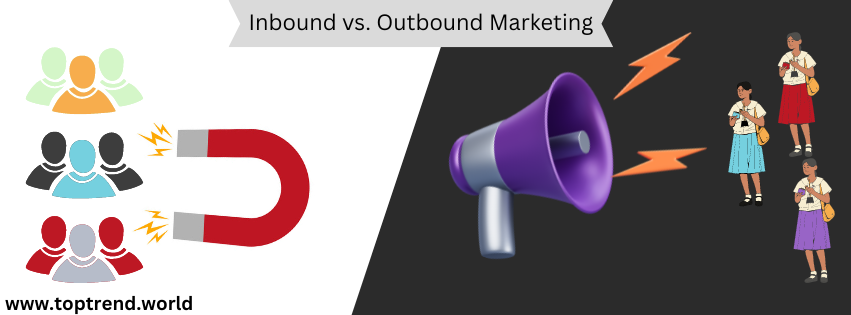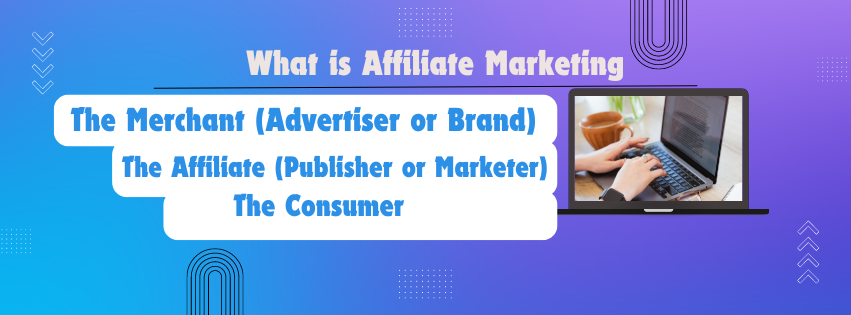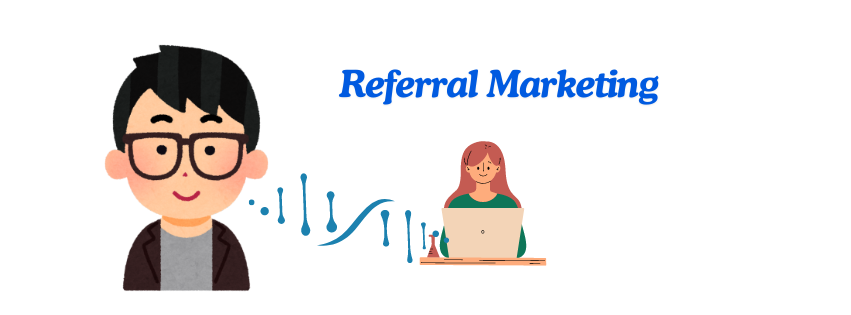Differences between inbound and outbound marketing
Marketing is the cornerstone of any successful business strategy. In the digital age, two prominent approaches—inbound vs. outbound marketing—have taken center stage. While both are essential in their own right, they operate with distinct philosophies and methodologies. Let’s delve into the core differences between inbound and outbound marketing, their advantages, and how businesses can leverage them effectively.

1. What is Inbound Marketing ?
Inbound marketing focuses on attracting potential customers through valuable content and experiences tailored to them. It is permission-based marketing, where the customer comes to you rather than being bombarded with unsolicited advertisements.

Key Elements of Inbound Marketing:
- Content Creation: Blogs, eBooks, podcasts, webinars, etc.
- SEO (Search Engine Optimization): Ensuring content ranks high in search engine results.
- Social Media Marketing: Engaging with audiences on platforms like Instagram, LinkedIn, or YouTube.
- Email Marketing: Sending targeted and personalized emails to nurture leads.
- Lead Nurturing: Gradually guiding potential customers down the sales funnel.
Improve your website’s SEO with straightforward tools and training yoast seo
Benefits of Inbound Marketing:
- Builds Trust and Authority: By providing value upfront, companies position themselves as thought leaders.
- Long-Term Results: Content, once created, continues to attract visitors and generate leads.
- Cost-Efficient: Compared to outbound strategies, inbound marketing often requires less investment over time.
- Higher Engagement: Since the content is targeted, customers are more likely to engage with the brand.
2. What is Outbound Marketing ?
Outbound marketing, often referred to as interruptive marketing, involves pushing messages out to a broad audience. It’s a more traditional approach, where companies broadcast their messages to capture attention and generate leads.

Key Elements of Outbound Marketing:
- TV and Radio Ads: Traditional advertising mediums with large audience reach.
- Print Ads: Newspaper, magazine, or billboard advertisements.
- Cold Calling and Emailing: Unsolicited messages or calls to potential customers.
- Direct Mail: Flyers, brochures, or physical promotional materials.
- Paid Media: Display ads, PPC (Pay-Per-Click), and sponsored posts.
Benefits of Outbound Marketing:
- Immediate Reach: It allows companies to reach a large audience quickly.
- Easier to Track ROI: Tools like PPC campaigns make it easier to track return on investment.
- Brand Awareness: It ensures that the brand name is seen or heard by a wide range of potential customers.
- Highly Targeted with Paid Media: Advanced algorithms allow ads to be shown to specific demographics or interests.
3. Inbound vs. Outbound Marketing: The Key Differences

Inbound vs. Outbound Marketing
| Aspect | Inbound Marketing | Outbound Marketing |
|---|---|---|
| Approach | Attracting customers through valuable content. | Pushing messages to a broad audience. |
| Target Audience | Specific and often niche. | Broad, sometimes not as targeted. |
| Cost | Lower long-term costs, as content is evergreen. | Higher costs, especially for traditional media. |
| Engagement | High engagement due to personalized content. | Lower engagement; more interruptions. |
| Timeline | Slow to start but builds over time. | Immediate results, but short-lived. |
4. When to Use Inbound Marketing
- Building Trust and Loyalty: If your business relies on long-term relationships with clients, inbound marketing helps nurture these bonds.
- Educational or Informative Products: If your product requires educating the audience, inbound is the better choice.
- Startups and Small Businesses: With tighter budgets, inbound marketing offers an affordable way to generate leads and build an audience over time.
5. When to Use Outbound Marketing
- Launching a New Product: For a large-scale, immediate impact, outbound marketing methods like TV ads or PPC campaigns are effective.
- Reaching a Wider Audience: If you’re targeting a broad demographic and need to spread brand awareness quickly, outbound is the way to go.
- Industry-Specific: Outbound marketing is still highly effective in industries where customers are used to more traditional advertising.
6. Combining Inbound and Outbound Strategies
Rather than choosing one over the other, many successful businesses integrate both strategies into their marketing plans. This hybrid approach allows them to cast a wide net while also building deeper connections with targeted prospects.
For example, a company might run outbound ads (paid social media ads or Google Ads) to generate traffic, and once potential customers land on their website, they engage with inbound content (blogs, white papers, webinars) to nurture and convert those leads.
7. Conclusion
Both inbound and outbound marketing have their strengths and can be powerful tools in a marketer’s arsenal. Inbound marketing is ideal for businesses looking to build long-term, meaningful relationships with customers, while outbound marketing is more suited to creating quick awareness and leads.
To build a robust marketing strategy, businesses should assess their goals, resources, and target audience to find the right balance between inbound and outbound efforts. By leveraging the strengths of both, they can maximize their reach and ROI while delivering value to their customers.




